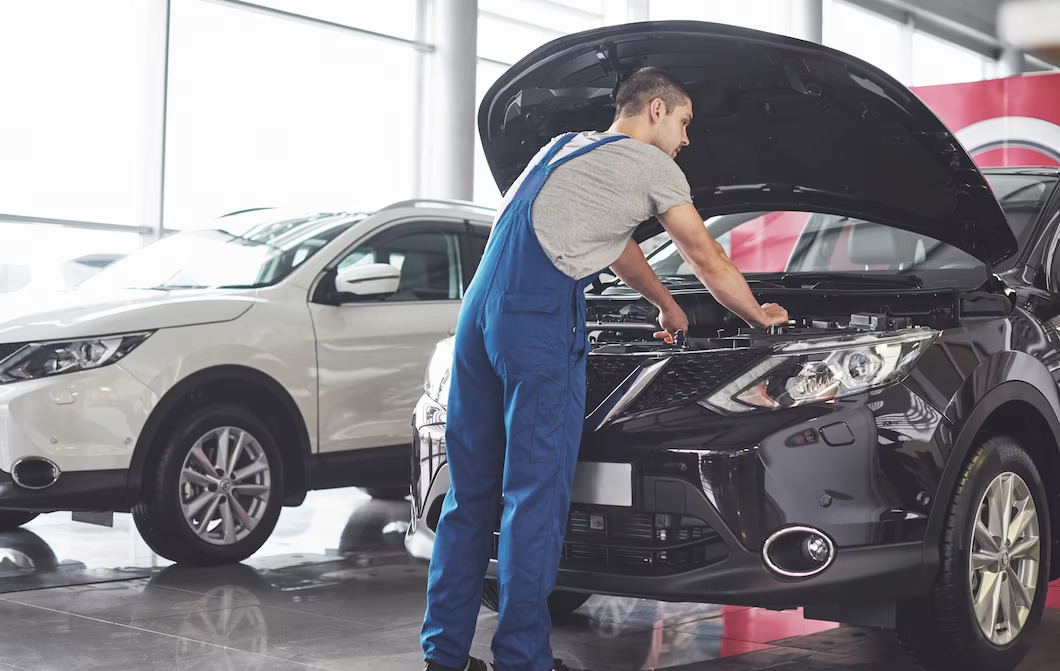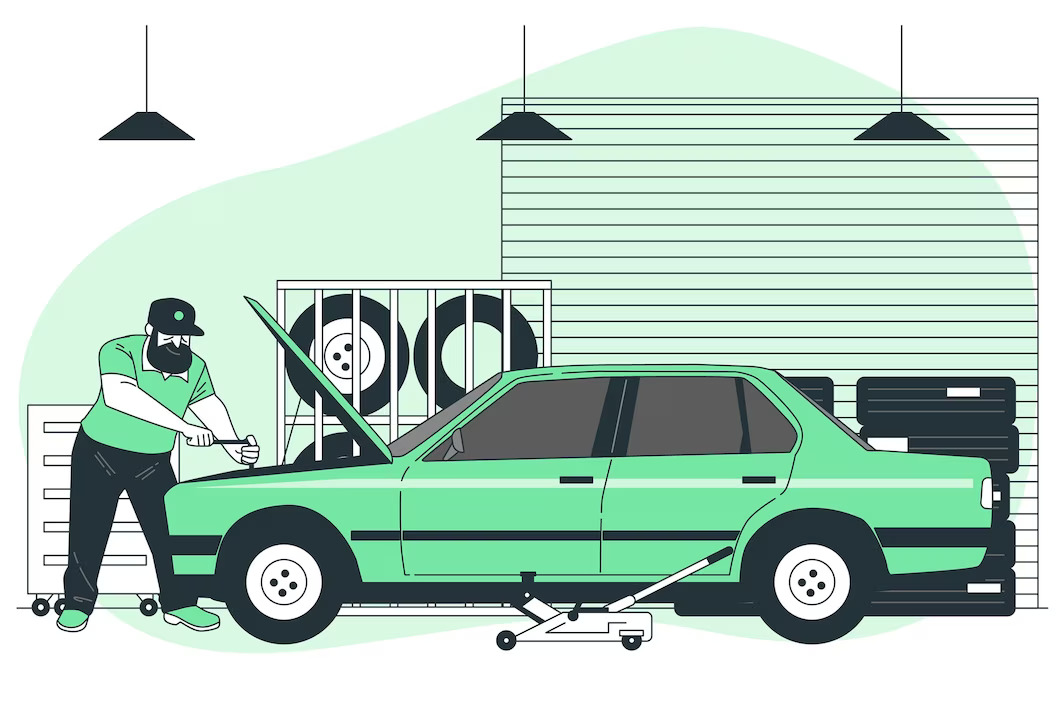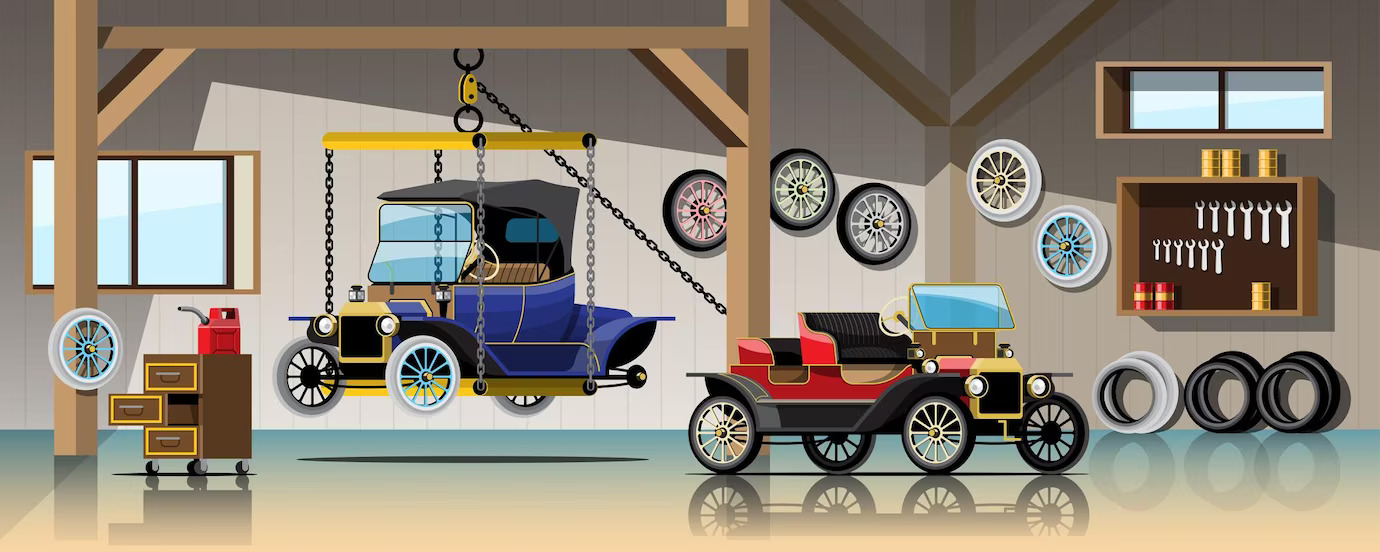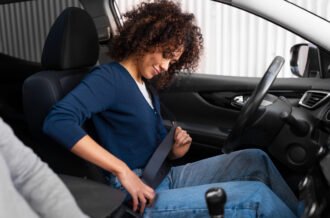Exploring Your Options With A Non-Running Car
So, you’ve got a non-running car taking up space in your driveway or garage, and you’re wondering what to do with it.
Whether it’s an old family heirloom, a once-beloved vehicle that’s now seen better days, or simply a relic of your automotive past, there are several options available to you.
In this article, we’ll explore various choices for dealing with a non-running car, considering factors such as its condition, sentimental value, and financial implications.
Repair And Restore The Car
One option for your non-running car is to invest the time and money needed to repair and restore it to its former glory. This option is most viable if the car has sentimental value or is a classic or rare vehicle that holds significant worth in its original condition.
If your non-running car has sentimental value, restoring it can be a labor of love, allowing you to keep a piece of family history or a cherished memory alive.
Additionally, restoring classic or rare cars can be a lucrative venture if done correctly. The restored car may be worth considerably more than the cost of restoration.
On the other hand, restoring a non-running car can be expensive, especially if it requires extensive repairs or sourcing rare parts.
Plus, restoration projects often take months or even years to complete and require a significant commitment of time and effort. It’s up to you to decide if that time and space requirement is worthwhile.
Sell Your Car As-Is
If you’re not interested in restoring the car yourself, you can sell it in its current condition, commonly referred to as “as-is.” This option is suitable for those who want to get rid of the car quickly without investing in repairs.
This has a few obvious benefits: Selling your non-running car as-is can be a fast way to dispose of it and recoup some money, and you don’t need to spend time and effort fixing the car or preparing it for sale.
On the other hand, there are some downsides to this option. For instance, non-running cars typically sell for significantly less than their running counterparts, so you might not get as much money as you’d like.
Additionally, the pool of potential buyers for non-running cars is smaller, so it may take longer to find a buyer. If you’re looking for an easy quick solution for your vehicle, trying to sell it as-is may be a challenge (unless you go the route of selling to an online damaged car buyer).
Part Your Vehicle Out
If the non-running car has valuable components, consider parting it out. This involves disassembling the vehicle and selling its individual parts, such as the engine, transmission, wheels, and other valuable components.
There are benefits: Parting out a car can often yield more money than selling it as a whole.
Additionally, certain parts, especially those from popular or rare models, can be in high demand among auto enthusiasts and mechanics. That increases the amount you can get overall, if you’re willing to put in the work of selling the parts one by one.
On the other hand, disassembling a car and managing multiple listings can be time-consuming. If you don’t have experience with vehicle disassembly, you might struggle to complete the process.
Additionally, some parts may not find buyers, leaving you with leftover components to dispose of. That could take up a lot of space in your garage that you’d rather free up.
Donate Your Vehicle To A Non-Profit
Donating your non-running car to a charitable organization is an option that allows you to give back to the community while also benefiting from potential tax deductions. Many charities accept non-running cars and use the proceeds from their sale to fund their programs.
Depending on your location and tax situation, you may be eligible for a charitable deduction when you donate your car. Your car can provide a valuable resource to a charitable organization, supporting their mission, while also helping lower your tax bill at the end of the year.
But this choice is not for everyone. For one thing, once you donate your car, you have no control over what the charity does with it. Additionally, the tax benefits of car donation can vary depending on your financial situation and local tax laws.
Scrap Or Junk Your Car
When a car is in extremely poor condition and isn’t worth repairing or selling, scrapping or junking it might be the most practical option. Scrap yards and junkyards will purchase non-running cars for their metal content.
Scrap yards will typically tow your car away and pay you on the spot. Scrapping a car can be an environmentally responsible choice, as the materials can be recycled, so this can also be a feel-good option.
But many people don’t turn to scrap yards first for a reason. You’ll likely receive very little money for your car, especially if it’s in bad shape. Plus, once your car is scrapped, it’s gone for good, so make sure it’s the right decision for you.
Transform It Into Art Or Furniture
For those with a creative streak, repurposing a non-running car into art or furniture can be a unique and visually appealing option. Old car parts can be turned into sculptures, tables, chairs, or even functional items like desks and lighting fixtures.
This is a cute option for creatives: Repurposing a non-running car allows you to express your creativity. You’ll have one-of-a-kind creations that can be conversation starters in your home or even sold as art pieces.
However, this option may not be suitable for everyone, as it requires DIY skills and tools. Plus, if you decide to sell your creations, the market for automotive art and furniture can be niche.
Store Your Vehicle
If you’re not ready to part with your non-running car and have space to spare, you can choose to store it. This option is practical for those who believe the car may have value or sentimental significance in the future.
Storing the car can protect it from further deterioration — in fact, the car may even appreciate in valuable or become a collectible in the future, depending on how common it is.
But this is a costly option. Storing a car can incur ongoing expenses, such as insurance, maintenance, and storage fees. Don’t forget that you’ll need adequate space to store the car, which can be a challenge for some — the average storage unit is not large enough to store a vehicle.
What to do with a non-running car ultimately depends on your individual circumstances, including your budget, attachment to the vehicle, and future plans. Whether you choose to restore, sell, donate, part out, scrap, repurpose, or store your non-running car, each option has its pros and cons.
Consider what matters most to you, and make an informed decision that aligns with your goals and values. Remember that no matter what you choose, there’s a solution that can help you make the most of your non-running car.



















